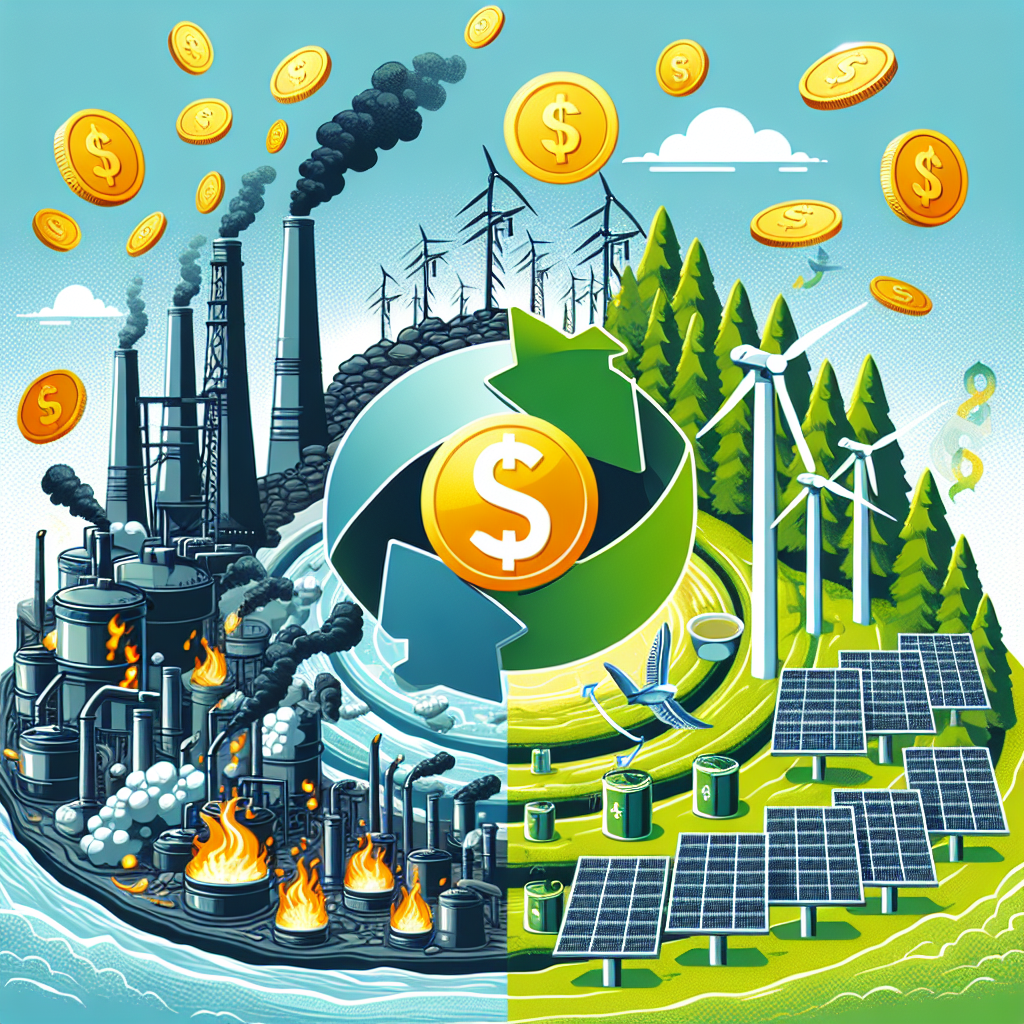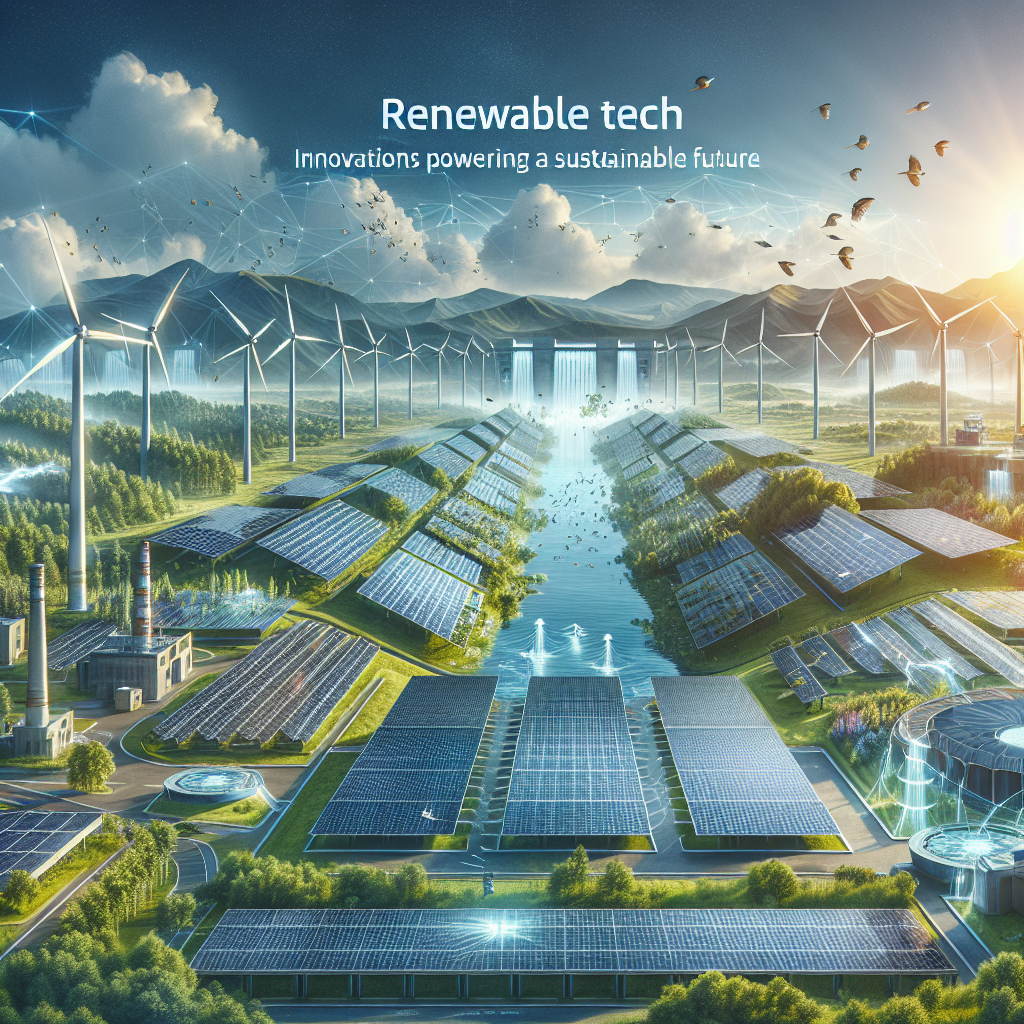The Shift to Green: Economic Impacts of Renewable Energy Transition
As the world grapples with the escalating effects of climate change, the shift to renewable energy has emerged as a pivotal strategy in mitigating environmental impact and fostering sustainable development. This transition from fossil fuels to renewable energy sources such as wind, solar, and hydroelectric power not only promises to reduce carbon emissions but also carries profound economic implications.
Job Creation and Economic Growth
One of the most significant economic impacts of the renewable energy transition is job creation. According to the International Renewable Energy Agency (IRENA), the renewable energy sector employed over 11.5 million people globally in 2019, and this number is expected to rise as investment in renewable technologies increases. Unlike fossil fuel industries, which often favor automation and capital-intensive processes, renewable energy projects are more labor-intensive, requiring skilled workers for manufacturing, installation, and maintenance.
Regions that invest heavily in renewable energy infrastructure often see an economic boost. Building and maintaining solar farms, wind turbines, and other renewable energy systems can stimulate local economies by creating demand for raw materials and services. Countries like China, Germany, and the United States have already experienced substantial economic growth attributed to their investments in clean energy, becoming leaders in green technology innovation and exports.
Energy Independence and Market Stability
Transitioning to renewable energy can enhance energy independence, reducing reliance on imported fossil fuels. By harnessing local resources such as wind and sunlight, countries can insulate themselves from global oil market fluctuations, which are often influenced by geopolitical tensions and trade disputes. This stability not only benefits national economies but also helps stabilize global markets.
Furthermore, as renewable technologies become more efficient and less expensive, the levelized cost of electricity (LCOE) from renewable sources continues to decrease. Solar and wind power often undercut traditional coal and natural gas plants in cost, making them increasingly attractive investments for utilities and governments striving for cost-effective energy production.
Challenges and Adaptation
Despite these benefits, the transition to renewable energy is not without its challenges. The shift requires substantial upfront investments in infrastructure, research, and development. Governments and private sectors must collaborate to build the necessary energy grids and storage systems capable of handling intermittent energy sources like solar and wind.
Moreover, the renewable energy transition can disrupt traditional fossil fuel industries, leading to job losses in sectors such as coal mining and oil extraction. Policymakers must therefore prioritize a just transition, ensuring that workers in these industries receive the training and support needed to transition to jobs in the renewable sector.
Environmental and Social Implications
Beyond the immediate economic implications, the pivot towards renewable energy positively impacts the environment, contributing to cleaner air and water, and reducing greenhouse gas emissions. Enhanced public health outcomes and reduced healthcare costs are additional benefits often overlooked but integral to long-term economic sustainability.
Communities most affected by climate change stand to gain considerably from the renewable energy transition. Investment in renewable projects can empower local communities, especially in developing nations, by providing consistent energy access, fostering entrepreneurship, and elevating the general standard of living.
Conclusion
The shift to renewable energy represents more than an environmental necessity—it is an economic opportunity that can drive sustainable development across the globe. While challenges remain, strategic policies, technological innovation, and international cooperation can pave the way for a future where economic growth and environmental sustainability are mutually reinforcing goals. As we stand at this crucial juncture, the decision to champion renewable energy could lead to a more prosperous and resilient global economy.














Leave feedback about this
You must be logged in to post a comment.